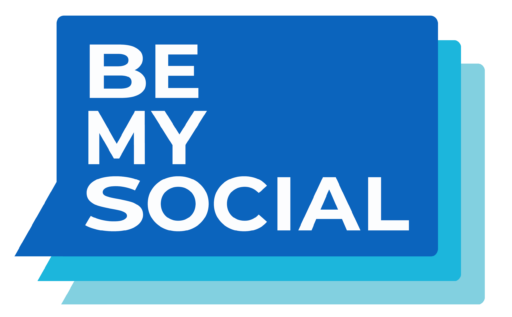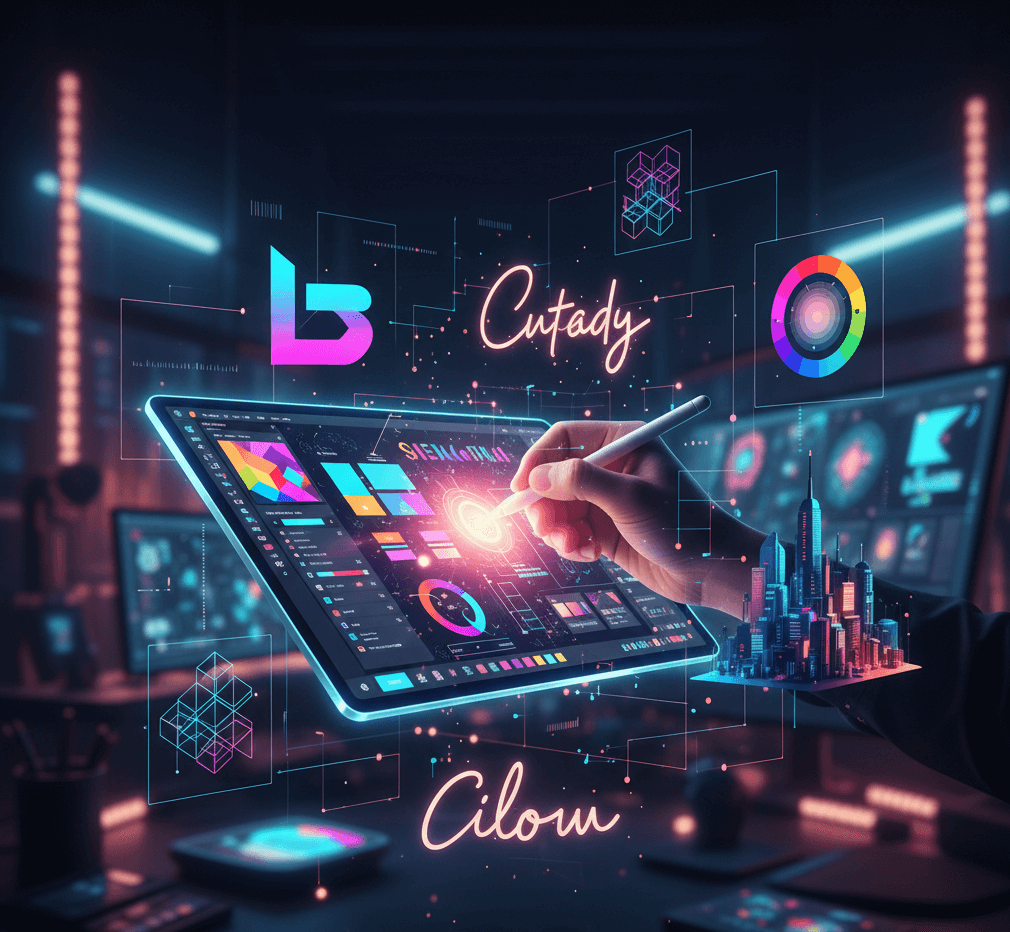Did you know that in 2025, 94% of first impressions are based on design quality, and with AI tools evolving rapidly, mastering design theory ensures your creations remain human-centred and impactful in an increasingly automated creative world?
Key Areas We Will Cover
- The essential foundations of design theory and its relevance in 2025/26
- Core elements of design: line, shape, form, colour, texture, value, and space
- Key principles: balance, contrast, emphasis, hierarchy, alignment, repetition, rhythm, movement, proportion, pattern, and unity
- In-depth exploration of colour theory and its psychological effects
- The role of typography in enhancing visual communication
- Composition techniques, including the rule of thirds and golden ratio
- Applying design theory across graphic, web, UI/UX, and branding projects
- Integrating AI tools with traditional theory for efficient workflows
- Emerging trends in 2025/26, such as sustainable design and immersive experiences
- Practical exercises and common beginner mistakes to avoid
- Recommended resources, books, and tools for further learning
Introduction
Design theory provides the foundational framework for creating visuals that effectively communicate ideas, evoke emotions, and drive engagement. In 2025/26, as AI-assisted tools become ubiquitous, understanding design theory basics for beginners is crucial to producing work that stands out with authenticity and strategic intent. This comprehensive guide covers elements, principles, and applications, drawing from timeless concepts while incorporating modern trends, to help aspiring designers in Doncaster and beyond build skills that rank highly in both creativity and SEO-driven visibility.
Let’s Discuss Your Needs
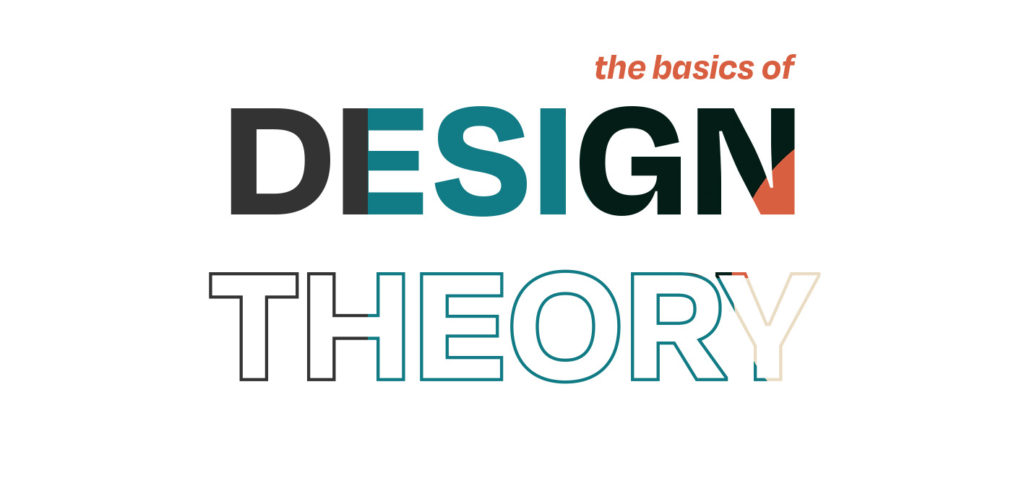
The Foundations of Design Theory
Design theory is the system of ideas explaining how visual elements and principles combine to create effective compositions. Rooted in art history, from Bauhaus principles emphasising form and function to Gestalt theory on perception, it guides designers in making intentional choices. In 2025/26, it remains vital for countering AI-generated uniformity, ensuring designs resonate on a human level while optimising for digital platforms.
Why learn it? It transforms subjective aesthetics into objective strategies, improving user experience and brand recall. For beginners, starting with theory prevents common pitfalls like overcrowded layouts, fostering confidence in tools like Adobe Creative Suite or Figma.
Core Elements of Design
Elements are the building blocks of any visual creation. Mastering them allows for layered, meaningful designs.
Line: Directing Flow and Emotion
Lines connect points, guide the viewer’s eye, and convey mood. Straight lines suggest stability, while curved lines imply softness. Use them in illustrations, borders, or to imply movement, as in flowcharts or web navigation.
Shape and Form: Building Structure and Depth
Shapes are two-dimensional (geometric like squares for order, organic for fluidity), while form adds three-dimensionality through shading or perspective. In digital design, forms create realism in icons or UI elements.
Colour: Evoking Psychological Responses
Colours influence perception. Warm hues like red energise, cool tones like blue calm. Factor in hue, saturation, and brightness for harmony.
Texture: Adding Tactility and Interest
Texture simulates surfaces, from rough grit to smooth gloss, enhancing depth in flat designs like backgrounds or packaging.
Value: Controlling Light and Shadow
Value refers to lightness or darkness, creating contrast and mood. High-value designs feel airy, low-value add drama.
Space: Balancing Positive and Negative Areas
Space includes occupied (positive) and empty (negative) zones, preventing clutter and emphasising focal points.

Key Principles of Design
Principles govern how elements interact, ensuring cohesive and engaging outcomes.
Balance: Creating Stability
Distribute weight symmetrically for calm or asymmetrically for dynamism, using the rule of thirds grid.
Contrast: Generating Visual Interest
Opposites like light/dark or thick/thin draw attention and establish hierarchy.
Emphasis and Hierarchy: Guiding Focus
Make key elements stand out with size or colour, hierarchy organises information flow.
Alignment: Organising Elements
Align items for cleanliness, breaking rules sparingly for impact.
Repetition and Pattern: Reinforcing Consistency
Repeat motifs for unity, patterns add rhythm through recurring elements.
Rhythm and Movement: Directing the Eye
Create flow with alternating elements or directional cues like arrows.
Proportion and Scale: Establishing Relationships
Relative sizes ensure harmony, often via the golden ratio for natural appeal.
Unity: Achieving Cohesion
Tie elements together for a complete, harmonious whole.
In-Depth Colour Theory
Colour theory explores combinations: primary, secondary, tertiary; complementary for contrast, analogous for harmony. Psychologically, colours evoke emotions, green for growth, yellow for optimism. In 2025/26, consider accessibility with high-contrast ratios and sustainable palettes using eco-friendly inks.
Typography in Design Theory
Typography sets tone: serif for tradition, sans-serif for modernity. Focus on kerning, leading, and font pairing (limit to two-three). Hierarchy uses bold weights for headings, ensuring readability across devices.
Composition Techniques
Rule of thirds divides frames into grids for balanced placement, golden ratio spirals guide natural flow. Apply in photography, layouts, or apps for intuitive navigation.
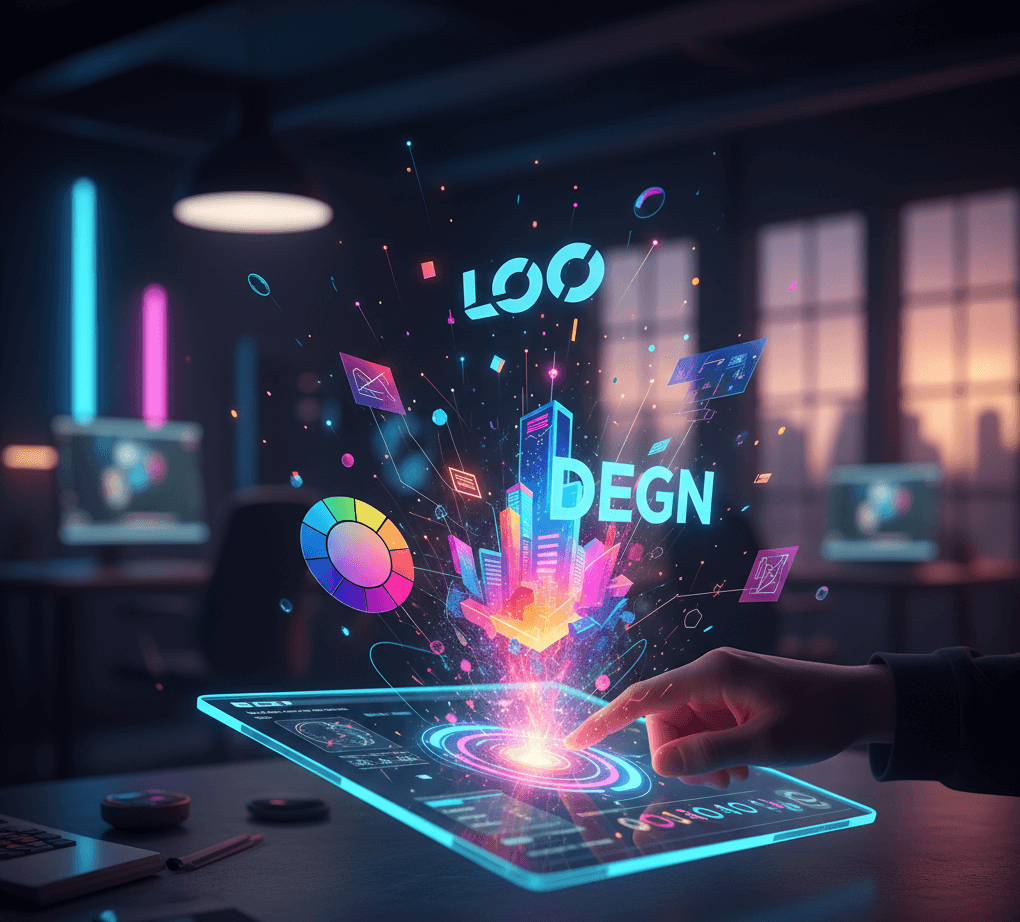
Applying Design Theory in Practice
In graphic design, balance logos; in web/UI/UX, hierarchy improves usability; in branding, repetition builds recognition. Examples: A Doncaster startup’s asymmetrical poster draws eyes to CTAs, boosting engagement 40%.
Integrating AI with Design Theory
AI tools like Midjourney generate ideas, but apply theory to refine, adjust contrast or balance. In 2025/26, hybrid workflows speed iteration without losing human insight.
Emerging Trends in 2025/26
Sustainability favours biodegradable materials and minimalism, immersive design incorporates AR/VR, textured authenticity counters AI smoothness with hand-drawn elements.
Practical Exercises for Beginners
- Sketch lines varying in style to evoke emotions.
- Create a colour palette and test psychological impacts.
- Redesign a poster using rule of thirds.
- Avoid mistakes like ignoring hierarchy or overusing elements.
Resources for Further Learning
Books: “The Elements of Graphic Design” by Alex White, “Thinking with Type” by Ellen Lupton. Tools: Canva for starters, Figma for pros. Online: Coursera courses on design fundamentals.
Conclusion
Design theory basics empower beginners to craft purposeful visuals, blending elements and principles for timeless appeal. In 2025/26, integrating AI and trends ensures relevance, turning theory into practical success for engaging audiences and achieving design goals.
Elevate Your Designs with Be My Social
Ready to apply design theory to real projects? Be My Social in Doncaster offers expert graphic design services, merging theory with innovation for standout results. Visit bemysocial to explore how we can transform your ideas into captivating visuals.
Frequently Asked Questions
Exploring design theory raises common questions for beginners; this section provides clear answers to build foundational knowledge and confidence.
Key elements include line, shape, form, colour, texture, value, and space, forming the basis of all visual compositions.
Colour theory guides selections for emotional impact and harmony, using schemes like complementary or analogous to enhance viewer engagement.
Balance distributes visual weight for stability, preventing chaos and guiding the eye effectively through symmetrical or asymmetrical arrangements.
Use AI for ideation, then apply principles like contrast and hierarchy to refine outputs, maintaining a human touch in 2025/26 workflows.
Our Doncaster experts apply theory to create tailored, trend-forward designs that drive results. Visit bemysocial for details.

Peter
Peter Bezuidenhout is an SEO and digital marketing specialist based in KZN, South Africa, with a strong focus on serving UK and international clients. With nearly twenty years of experience, he helps brands increase their visibility and achieve growth through strategic SEO, results-driven campaigns, and creative content. His action-oriented, data-driven approach is tailored to help businesses thrive in today’s fast-paced digital world. Passionate about digital innovation, Pieter continues to deliver impactful results for his clients
A no-fuss attitude and a speedy turnaround!
I’ve found the to be the very best company for us after trying several others over the years.
I’m glad to have them, because the cost of hiring someone directly to do the same work would be impossible.
Highly recommended.
Ruth and Emily are amazing, they are always on hand to answer any questions and explain everything thoroughly.
Our contact Ruth always makes herself available for telephone/zoom meetings, constantly checks up on how sales are progressing and advises on changes to marketing strategies to try and ensure increased traffic to the website. I cannot recommend them highly enough 🙂
Discover More Insights: Explore Our Blog for Expert Tips and Strategies!
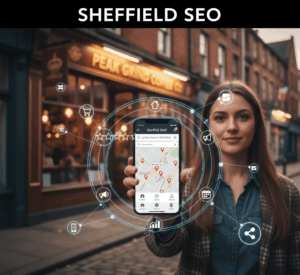
Sheffield SEO: Proven Strategies to Boost Your Local Business in 2025/26
Sheffield SEO: Proven Strategies to Boost Your Local Business in 2025/26 Did you know that 46% of all Google searches now carry local intent, and with AI Overviews influencing 65%

Building Topical Authority: Strategies to Position Your Brand as an AI-Preferred Source
Did you know that in 2025/26, zero-click searches account for 65% of all Google queries, with AI Overviews synthesising answers from just a handful of trusted sources, leaving most brands

SEO Yorkshire: 10 Proven Strategies for Dominating Local Search in 2025/26
Did you know that 76% of consumers who search for nearby businesses on their smartphone visit a related store within 24 hours, underscoring the power of local SEO in driving

Grab Readers’ Attention with Engaging Copy: 10 Proven Tips for 2025/26
Boost engagement in 2025/26 with 10 proven copywriting tips to craft compelling headlines, strong hooks and reader-focused content that captures attention fast.

Creating Engaging Content for All Platforms
Did you know that 85% of consumers expect brands to produce content that feels authentic and relatable on social media, yet only 30% believe companies are delivering? As platforms evolve
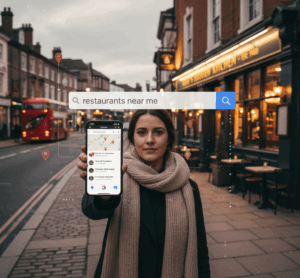
SEO in Doncaster: 10 Proven Techniques for Success in 2025/26
SEO in Doncaster: 10 Proven Techniques for Success in 2025/26 Did you know that 46% of all Google searches seek local information, making it essential for Doncaster businesses to stand
